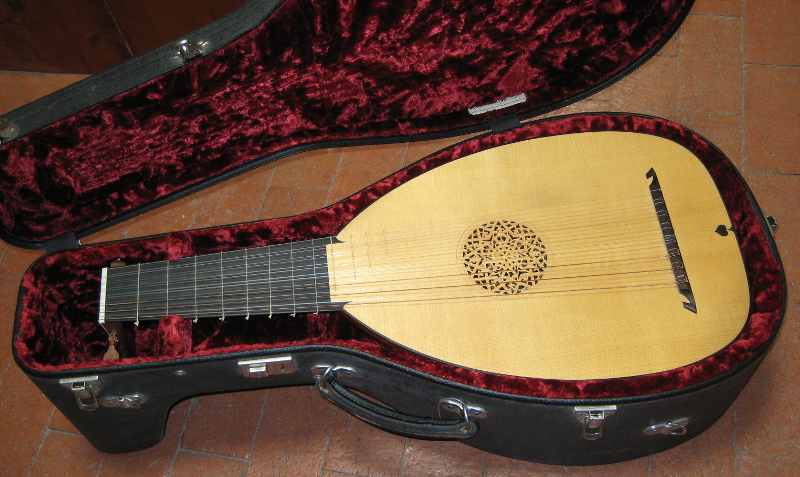FWP:
SETS == POETRY;
WORDPLAY
MUSIC: {10,3}
For background see S. R. Faruqi's choices. This verse is NOT one of SRF's choices, but I'm including it anyway because of the literary interest of its contents. For more on Ghalib's unpublished verses, see the discussion in {4,8x}. This verse is from a different, unpublished, formally identical ghazal, {259x}, and is included for comparison. On the presentation of verses from unpublished ghazals like this one along with formally identical divan ghazals, see {145,5x}.
The verse makes use of enjambment-- that is, the grammatical structure unifies both lines into a single utterance. While the majority of ghazal verses have end-stopped lines, enjambment is found in a significant minority.
On the subtleties of nafas , see {15,6}.
The wordplay of musical terms is obvious. For the 'musician of the heart'
to make from Ghalib's breath a string for a 'heart-less' [bedil]
melody is also enjoyable, though undoubtedly the primary reference is to the
poet Bedil, whom the young Ghalib greatly admired. ('Heart-less' is hyphenated to remind us that it's not the usual English 'heartless' meaning cruel, but 'heart-less' the way a lover is when he has given away his heart to the beloved.)

Asi:
Oh Ghalib, the musician of my heart has, by means of the thread/string of my breath, bound a string for the melody of Bedil. That is, my heart began to sing/recite melodies in the style of Bedil. (57)